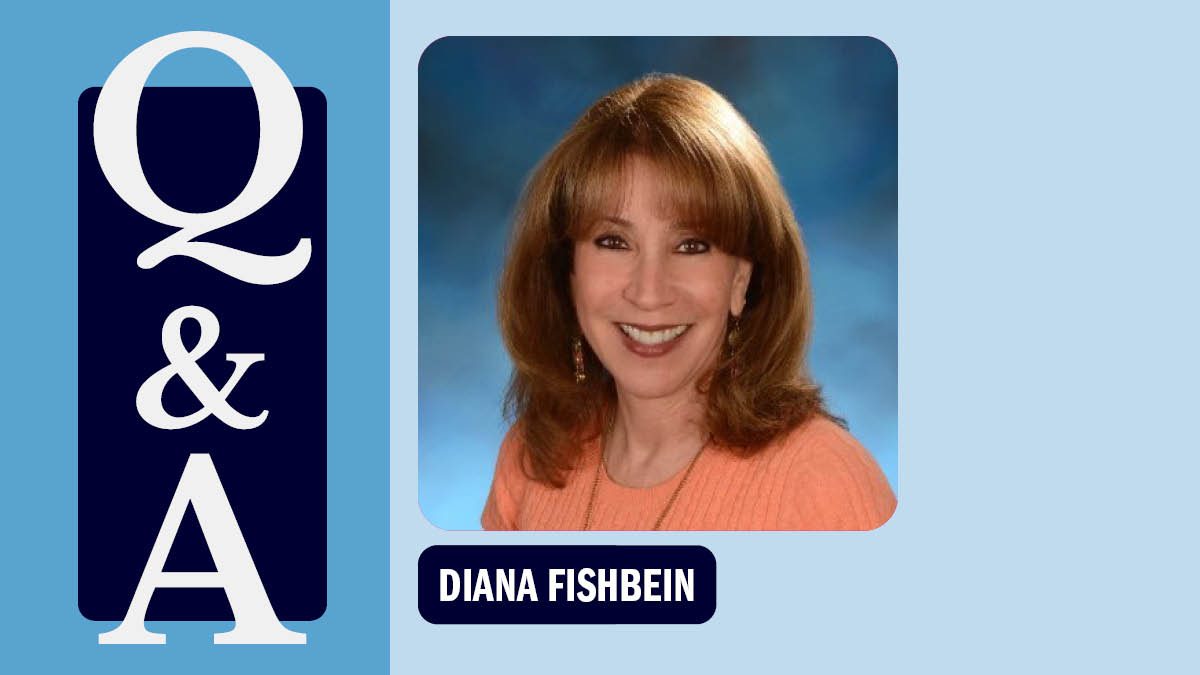Why does anxiety make teens use drugs?
When we understand the complex causes, says researcher Diana Fishbein, we can intervene to prevent substance abuse.

Determining why some adolescents with anxiety are more likely to use controlled substances is an answer worth pursuing — no matter how complex it might be, Diana Fishbein says.
Fishbein, senior scientist and director of translational neuro-prevention research at the Frank Porter Graham Child Development Institute, is looking into the issue with Aysenil Belger, psychiatry professor and director of the Clinical Translational Core UNC Intellectual and Developmental Disabilities Research Center.
They recently launched a five-year National Institutes of Health-funded study with Ty Ridenour of RTI International that will examine the neurological and psychological factors that increase risk for some children with anxiety to misuse addictive substances.
Fishbein shared more about the study and what it hopes to accomplish.
Why is this important to study?
We know there’s a very high percentage of teenagers and even younger kids who show symptoms of anxiety. It’s astounding how many develop these symptoms. Some seem to be protected from substance abuse, while others are more vulnerable — maybe to medicate their anxiety, right? Complex behaviors of this sort always involve the brain’s interaction with its environment. The brain doesn’t develop in a vacuum; it’s very experience-dependent, especially throughout adolescence.
Anxiety is an internalizing disorder. But in kids with anxiety who use substances, they’re developing an externalizing behavior. Why do some go from internalizing to externalizing? We’re very interested in understanding the difference between the two. If we can understand that, maybe we can treat it more effectively. We know there are different sources of anxiety that lead to different behavioral pathways. It follows that there are more targeted interventions that can be used to prevent children with anxiety from using drugs.
What sort of hypotheses do you plan to test?
We are theorizing generally two possible neurological pathways. In adolescence, there’s a lot of variability in neurological development. Are we going to see greater connectivity between cognitive and emotional centers of the brain in kiddos who do not go on to abuse substances? And for the kids who do, we’re hypothesizing they’ll have more activity in these lower centers — it’s called the extended amygdala in the limbic system. So, throughout those structures, do we see more activity, which is typical for people with anxiety symptoms, and less tamping down from the prefrontal cortex? Are they the ones who are more likely to use because they have less control over their emotions?
If that ends up being the case, what are potential treatments and solutions?
There’s a number of ways we already treat anxiety. It’s treatable through different kinds of therapy and sometimes medications are needed. But if there’s an issue with a lack of cognitive control in those that go on to substance abuse, then cognitive neuro-rehabilitation techniques might be warranted. How can we strengthen prefrontal-limbic connectivity? What I really like is interventions that have a mindfulness component. It’s been shown to neurobiologically improve cognitive control and has been very effective in adults with anxiety. It’s not used as often with younger people. Also, interventions that regulate stress physiology can go a long way toward reducing the tendency toward substance abuse.
Can treating childhood substance abuse and anxiety help prevent future substance abuse in adulthood?
Yes, absolutely. The earlier the better. That’s the No. 1 principle in prevention science. Oftentimes, adults and children with anxiety have experienced adversities or even trauma that can trigger symptoms of anxiety and further increase risk for substance misuse, which overwhelmingly starts in adolescence. But if we can address the underlying conditions and triggers in childhood when they first begin to develop, then there is potential to prevent substance misuse from developing into adulthood.







